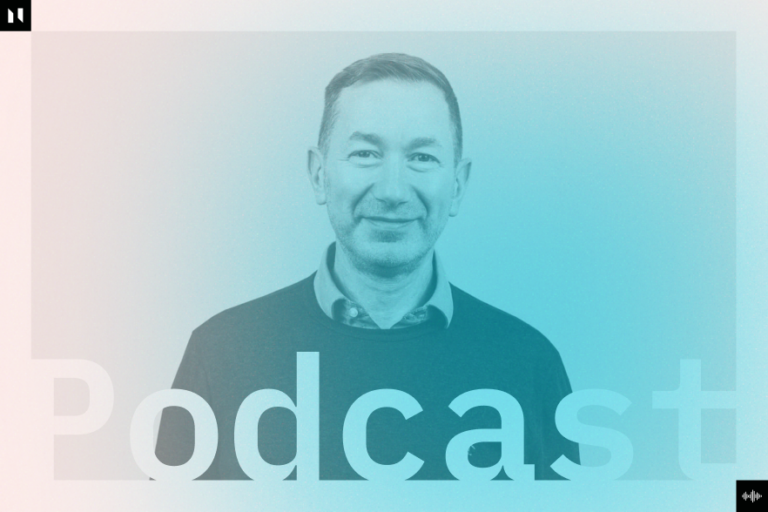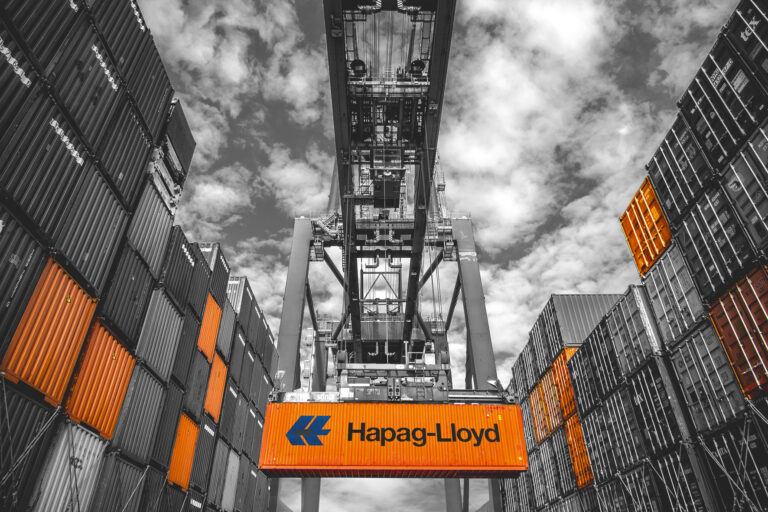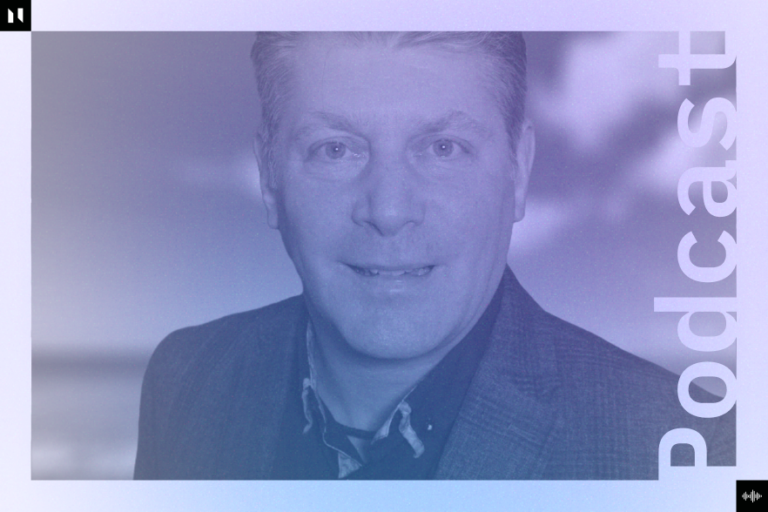
The global workforce is changing. Professions that traditionally relied on human endeavour are increasingly automated, ushering in a revolution that promises to fundamentally reimagine the role that people play in the workplace.
It is unsurprising that organisations are turning to automation: for example, in the U.S., a Bain study found U.S. companies could invest $8 trillion in automation technologies by 2030. The report says no industry will be unaffected by these technologies; from healthcare to financial services to retail to telecommunications, in both the public and private sectors, there is a progressively critical need to transform at pace.
Of course, some organisations adapt and transform better than others. This is where Bain & Company comes in.
As one of the world’s top management consulting firms, Bain helps to define the future of some of the planet’s largest companies across all industries. With offices in 37 countries, Bain is uniquely positioned to advise global leaders on management and business solutions. Increasingly, those solutions are underpinned by embracing digital transformation, simply because technology continues to create a set of imperatives for businesses to change the way they operate.
Much of that technology is led by automation and AI. So it is no surprise that Bain has a team dedicated to helping large-scale organisations to truly embrace and understand how automating can improve their business operations.
One of Bain’s automation leaders is Ted Shelton, Expert Partner, Automation and Digital Innovation. Shelton, who started his career as a software developer before moving into executive roles, works out of Bain’s Silicon Valley office.
“Over the last several years the automation practice here at Bain has served dozens of clients in every region of the world,” Shelton says. “We’re working in North America, South America, Europe, Middle East, Africa, and Asia, and providing expertise to our clients around how to use automation to transform their business processes, to change the functions for their company – whether it’s a back office function like finance or it’s a mid-office function like a contact centre or even front office sales and marketing functions. It can really be applied anywhere.”
Shelton believes that the workforce landscape will have changed dramatically by 2030, and that technology is now one of the strategic drivers for companies – with automation the key to transformation.
“Digital has been disrupting the way we do business now for decades, but what we see in automation in particular is that there is now a parallel complementary way for companies to approach the question of how do they improve their operations,” he says. “How do they reduce cost? How do they improve speed? How do they improve quality?
“Traditional IT allows us to put the systems, the software, the infrastructure, the devices in place to be able to serve the work being done by people. What automation does is complement the people in doing that work. That’s the major strategic difference in the way we’re going to think about work going forward.”
Bain’s proposition is that the C-Suite, and executive teams, can start taking particular actions to achieve the automation Holy Grail: not only increasing revenue but also delivering services and products more efficiently. Those actions involve rethinking all of the work being done within a company, using what Shelton calls a “three-lens approach” in order to redesign business processes: What areas of the work should be simplified? What areas of the work should be eliminated? And what areas of the work should be automated? Simplify. Eliminate. Automate.

Automation is a critical part of the redesign process. It allows a company, at the executive level, to break all of the work it carries out into parts it wants a person to do, parts a rules-based automation can execute, and parts that use repetitive, high-volume patterns where AI can be used.
“One of the things that we believe is that the executive team at every company needs to be thinking about automation as a part of their future workforce,” says Shelton. “A company that does not start looking at AI today is one that in three years will be behind and in five years will be at risk.
“Every industry, every business, every part of every business, is going to be impacted by these tools and automation becomes a way to be able to insert the insights we get from these artificial intelligence tools into business processes. So an executive team should be thinking about not just how do they change the way the existing work gets done, but what is the work they’d like to have done.”
It’s not all about technology for Shelton, or Bain, though. These are key decisions that organisations are making about the future of business, and technology plays a small part in its solutions. It’s not about a company simply choosing the right vendor or developer, it’s about changing the way the business works and how a company then utilises technology to make its objectives easier to realise.
“There are substantive business questions both at the front-end of an automation journey and at the tail-end of an automation journey that a business needs to think through, because it really does change the operating model for organisations and it changes the organisational structure,” says Shelton. “So the C-Suite really needs to think through the business issues even more importantly than thinking through the technology issues.”
Bain doesn’t do this alone. It partners on its automation projects with experts in various fields in order to deliver the best skillsets to clients across all areas of work. One of Bain’s partners is global software company UiPath, which focuses on robotic process automation (RPA). It provides an end-to-end solution platform with the full suite of capabilities to allow organisations to automate at scale.
Ui Path
“I think that UiPath has done a fantastic job of defining a vision for the future of automation,” says Shelton. “Working with them has allowed us to really take on problems for our clients that are much broader than the traditional task-oriented automation that we’ve seen in the past; to really be able to rethink the nature of work and incorporate people and AI into these redesigned business processes.
“The UiPath platform then of course gives us the ability to manage and monitor those processes once they’re in production. UiPath gives organisations that ability to redesign the flow of work, from taking in the information to processing that information, making decisions about the information and ultimately having a faster, more accurate outcome for a business process for their employees and their customers.”
Bain also enjoys a relationship with FortressIQ. Bain uses its automated process discovery platform to uncover insights, rather than the costly and time-consuming traditional practice of sending in a group of business analysts.
“Using a process discovery tool, like FortressIQ, allows an organisation to cost-effectively, quickly and more comprehensively understand how a process is being done across an organisation,” says Shelton. “What FortressIQ will do is watch each worker and map out using machine learning the steps that person is taking to complete that process. And by doing that over a number of weeks, over a larger number of people, it builds a map of the way in which that process is commonly done and also what the variations are.”
As well as carefully choosing its partners, a strong sense of ethics underpins who Bain chooses to work with. It has declined work if it thinks ethical boundaries are being crossed by clients.
“We will take a look at a particular request from a client and we will ask ourselves ‘is this the right thing for all of the stakeholders?’ – for the people who live in the communities that this company serves, for the employees, for the customers, for the partners and of course for the shareholders. Where we do seek terrific opportunities is in helping companies expand their focus in preserving all of their needs in the community – so questions about sustainability, about the ecosystem they operate in and as well of course all of the people they serve.
“These are the core value propositions we bring and we bring an excellence and a methodology to the kind of strategy work we do which allows us to get to results faster.”
Once Bain has chosen to work with a client, it is committed to helping the organisation achieve that Holy Grail mentioned earlier: increasing revenue and efficiency. And this is why the role people play in the workforce will fundamentally shift. The Bain Labor 2030 study signalled one danger of automation: the fear of job losses. It estimated that automation could eliminate 20-25% of jobs by 2030.
However, Shelton emphasises that for automation to truly work, it has to be part of a hybrid work model, with people continuing to play a critical role. Automation and AI allow companies the opportunity to refocus work so that people are contributing the things that they are best at. And, outside of the movies, there are no machines to help with creativity or curiosity – and that’s what people are best at.
“Today we think about the people being the glue between our systems and our processes,” says Shelton. “And that means that a lot of people end up doing meaningless work. We call it swivel-seat activities, where I’m looking at one screen and typing information into another screen, or I’m copying from a spreadsheet into a database or vice versa.
“What a workforce could be doing is really releasing the creativity and curiosity, problem-solving, relationship-building activities that people are really good at, to be able to expand the business in new ways. So automation and AI are tools that then complement our human workers, and that’s why we talk about it as a hybrid workforce: humans, automations, AI, all working together to change the way we do work. That’s the tremendous opportunity here for the C-Suite to think through.”

Shelton uses contact centres as the perfect way to imagine how automation and AI will transform organisations over the next 10 years. Today, we think of contact centres as an environment in which the employees tend to be lower-skilled, lower-paid workers. There also tends to be a high turnover of staff. Generally, workers follow a set of rules to answer queries, and any place where a set of rules is applied is a place when automation and AI can be used instead of people.
However, people will always be needed because there will still be cases that are too complex for an automated process to solve. There may also be tougher queries that a company wants to answer with a high level of service and a personal touch.
“So your workforce is going to be different,” says Shelton. “Instead of having a large number of people, you’re going to have a small number of people; instead of having a low-skilled and low-paid workforce, you’re going to have a highly-skilled, highly-trained, highly-paid workforce. These are going to be the people that are going to be handling the most complex problems and also the most important customers.
“So that transformation – that place where we are today versus the place we’re going to be 10 years from now – brings out a whole set of questions for the C-Suite, to say: ‘What is our talent strategy? How do we transform our organisation over the next decade from the kind we have today to the kind we need 10 years from now?’ Those are the kinds of challenges our clients are facing across every activity of their business.”
It is certain that 2030 will look very different to 2021. It may feel a way off, still, but the organisations that will thrive then are the organisations that are already starting to think about how their business will look in nine years’ time. And Bain & Company is with them every step of the way.
Join Bain & Company’s James Gillies and UiPath’s Carmel Smith for advice on kickstarting your RPA programme. Click here.


